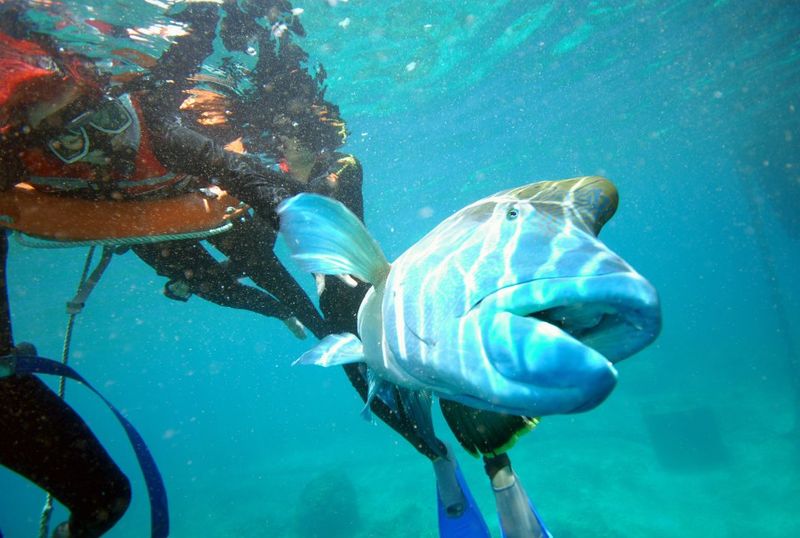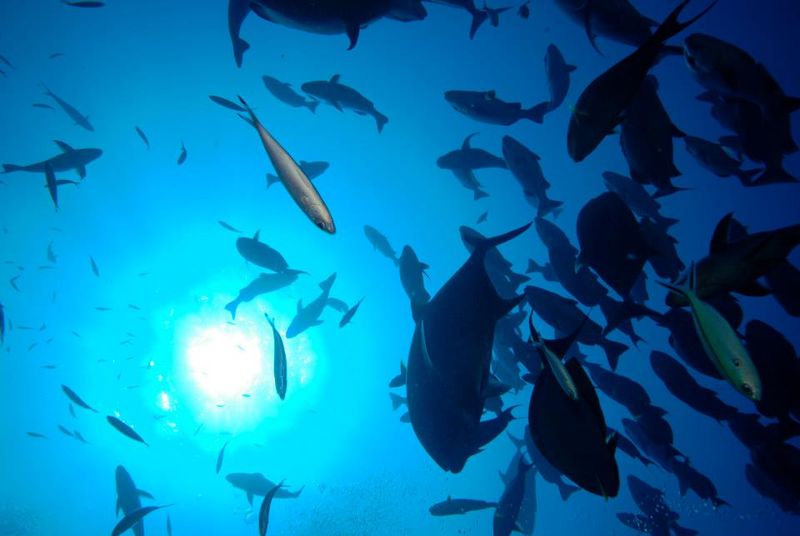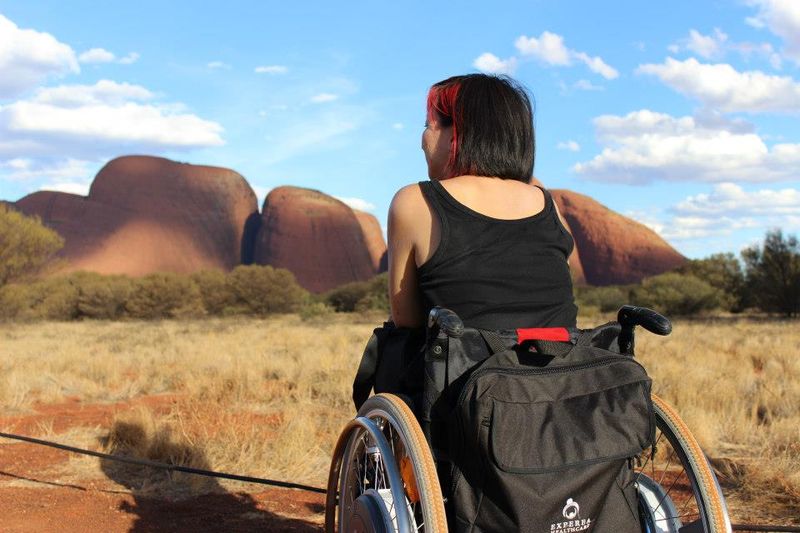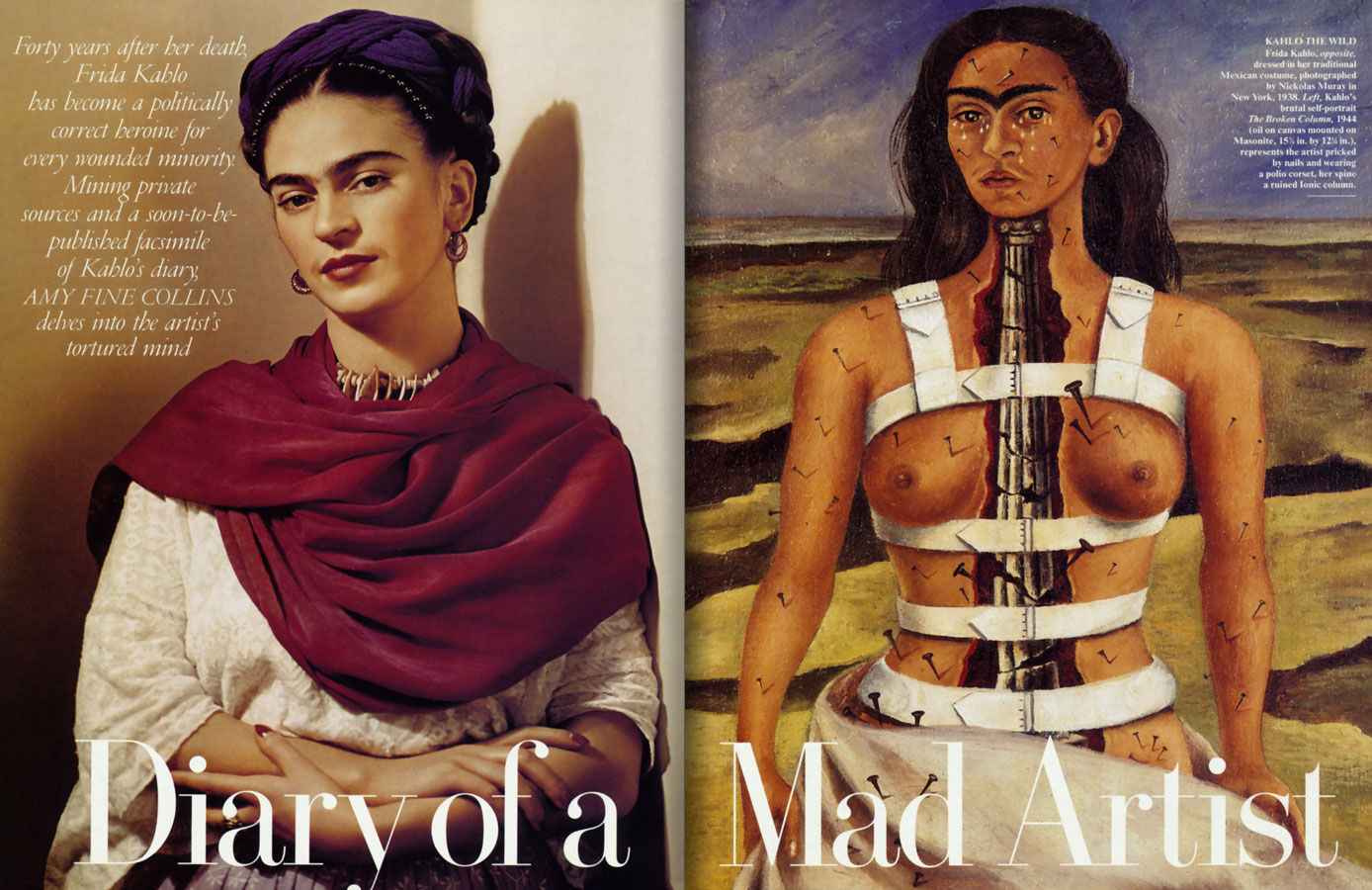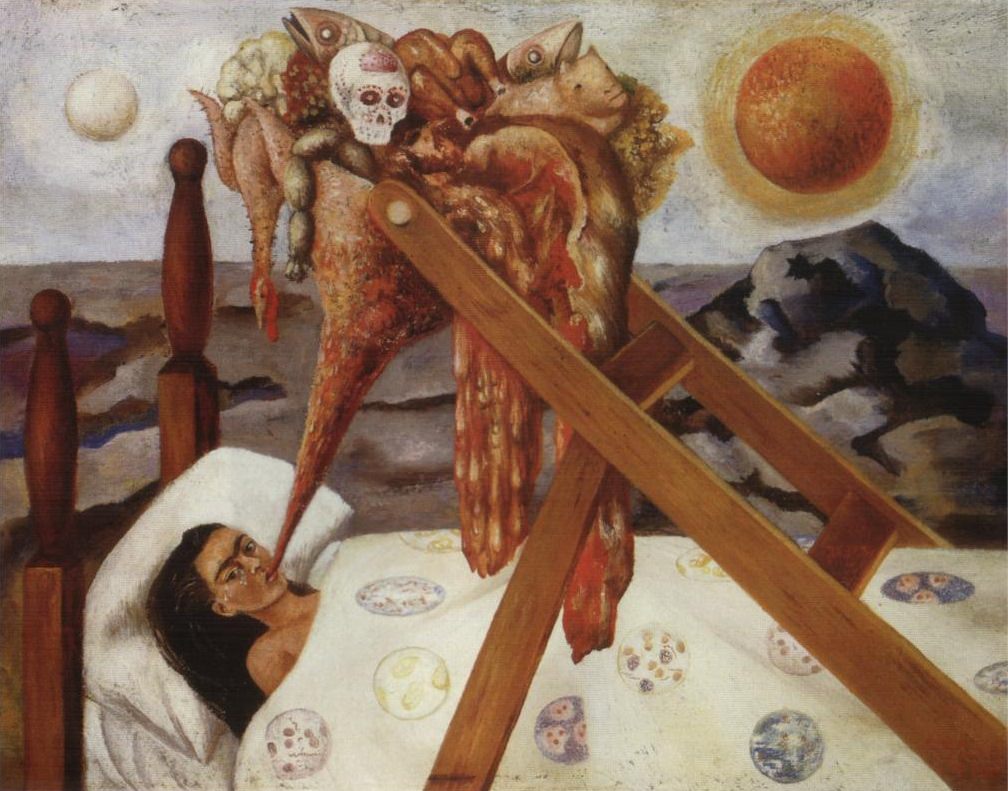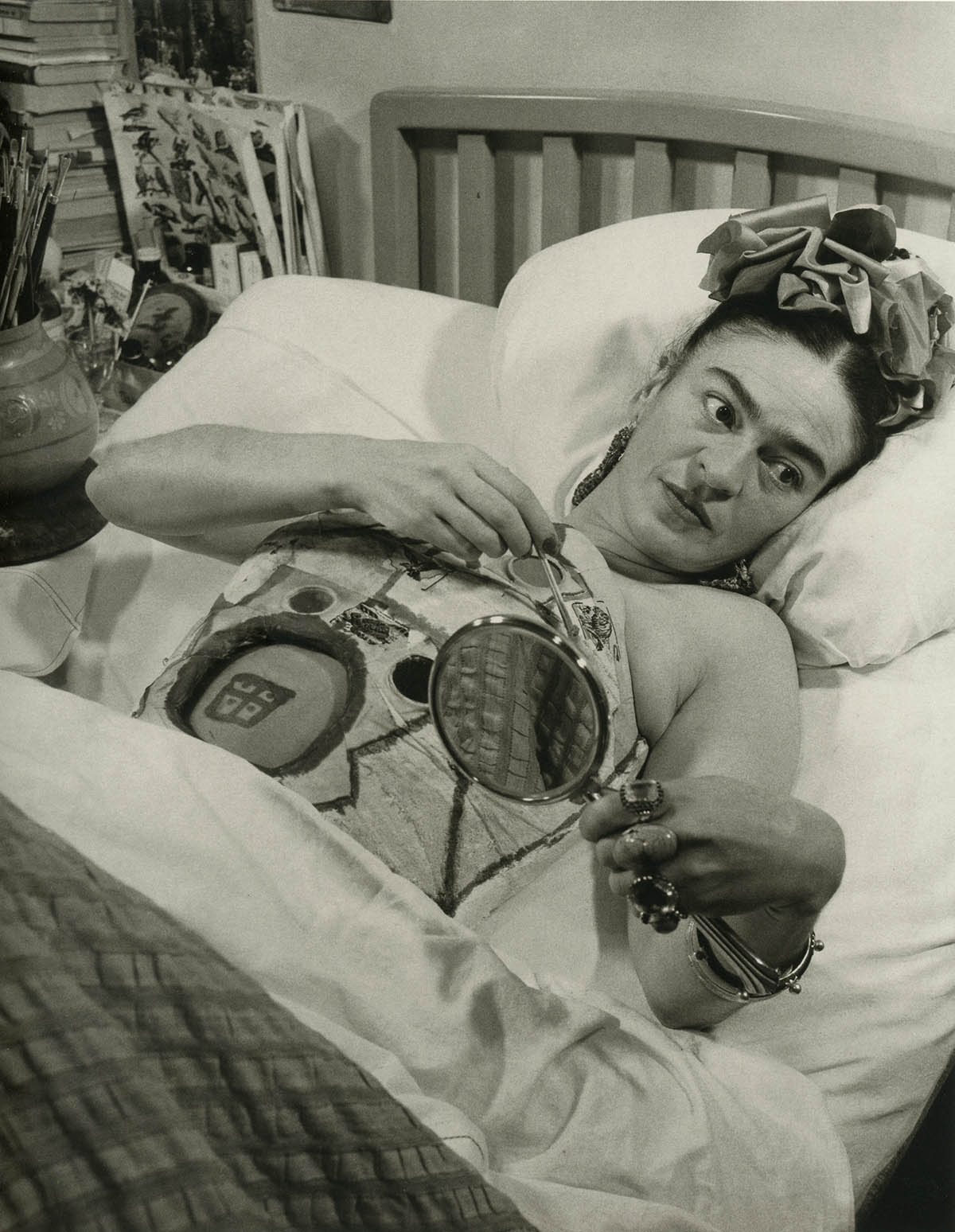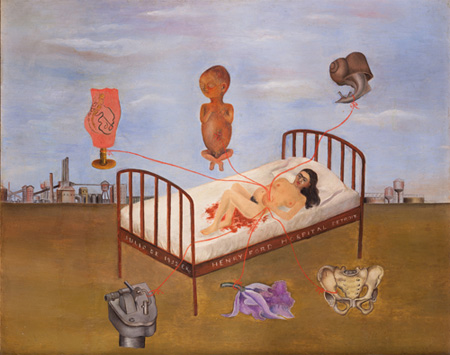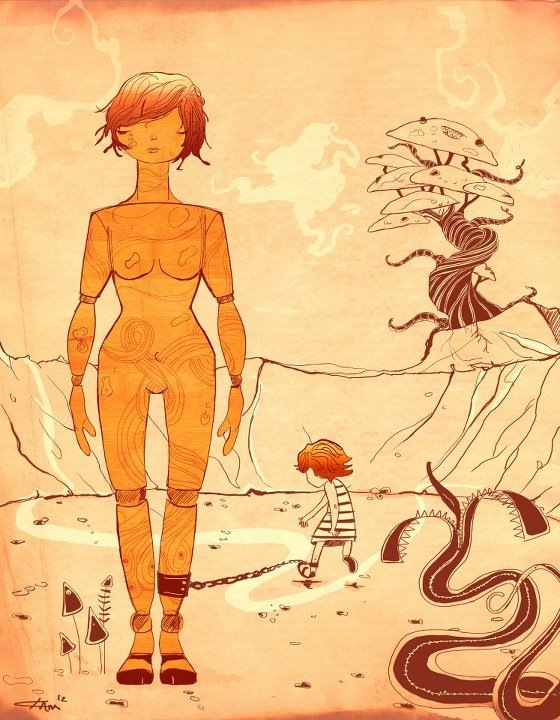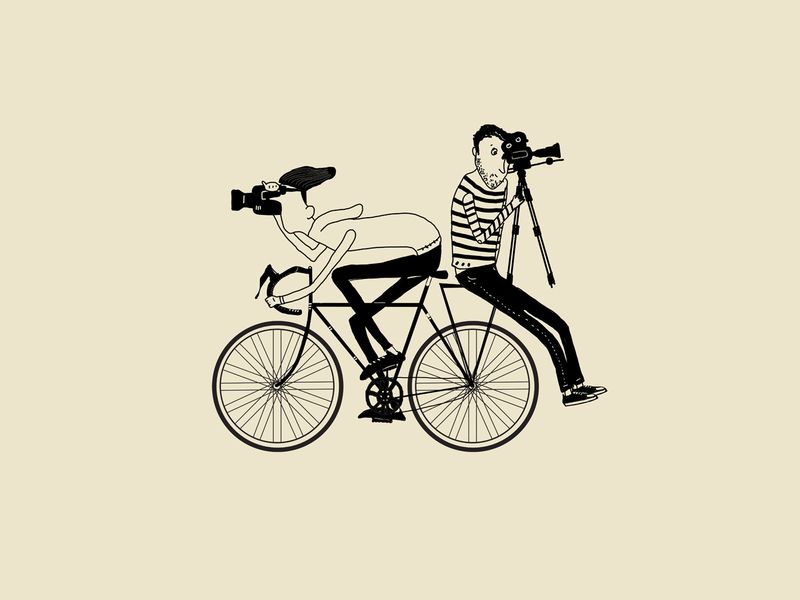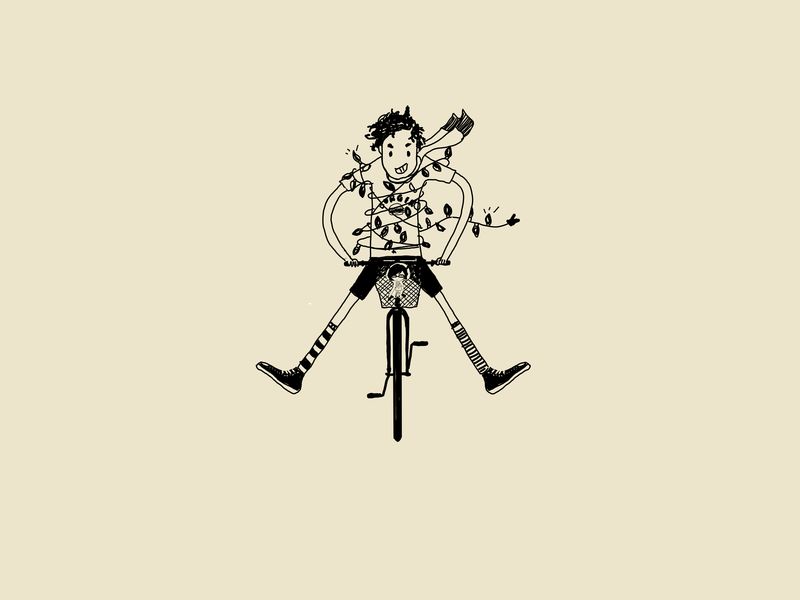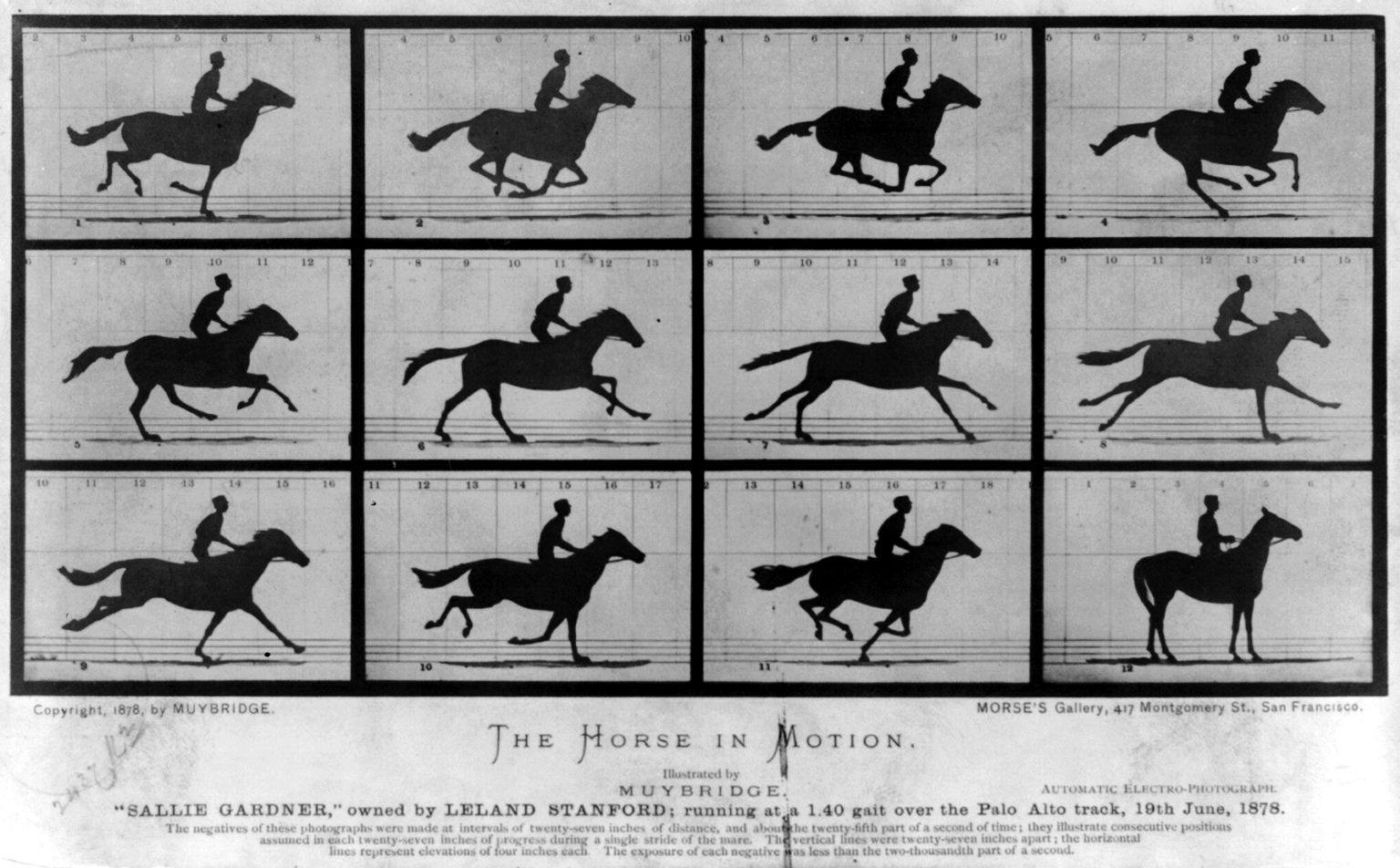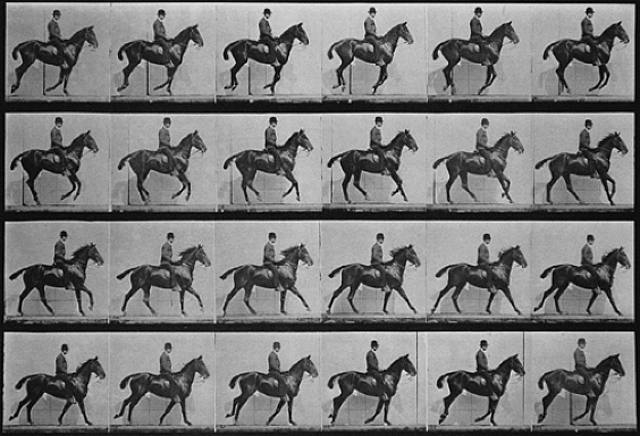Since, we have been in contact and I have to give bonus points to Rushabh for being very persistent ;). I explained to him earlier that if he doesn't hear from me in awhile, it's not because I don't care, it's just sometimes I can get quite busy. These emails with patients are not just a one time deal, but they turn into a relationship over email or other social networking avenues. They want to talk about HIBM, their feelings and the progression. Rushabh has definitely made sure to keep in contact and rightfully so. It's a scary thing and all they want to do is find someone who will understand and "know" them.
The second time I had skyped with Rushabh, he warned me prior that he had a surprise for me.
"Can you tell?" as he waived his head on the skype screen
"Not really...?"
"I dyed my hair red...just like you" he said happily.
I laughed.
When he said that the first bit of HIBM information he was exposed to came through my blog, it took me back to when I was searching for answers. He was diagnosed fairly quickly compared to other patients. It took me SIX years to get diagnosed. I experienced a very tumultuous diagnosis journey. It was truly awful. When I finally did get diagnosed by the Mayo Clinic in Minnesota I was exposed with less than positive feedback. I was told to quit my dreams and that I would never see research being done in my lifetime nor meet another patient because it was that rare. Thinking my doctors must be wrong, I would scour the internet but somehow found no information and no leads, just a looming prognosis. I was completely alone for years.
When I met ARM in 2008, that all changed. As I've said before here, since HIBM is most common among the Jewish Persian community. ARM was founded by two brothers, doctors. One of them is a research scientist who dedicated his life to HIBM research and basically for free. ARM was primarily appeasing the very wealthy Jewish Persian circle hoping that their own would be the ones to quickly fund and support a treatment for what is considered a very treatable condition.
It didn't quite happen as quickly as it could have for such an affluent community. While the founders of ARM knew HIBM affected other ethnicities, the community did not. Much of the community was still under the falsehood that HIBM only affected Jewish Persian. But, here I was, a Korean American with HIBM walking into a very ethnocentric, yet influential, culture in Los Angeles.
And, that was the moment I began trying to help open up the world of HIBM to all patients and communities. Prior, it was mostly the ARM founders who were very public and out about their HIBM. Everyone else in their community was behind doors scared that the knowledge of their genetic condition would be exposed among their peers. Disability in this community, especially a genetic one, is considered a shameful stain. I guess I was the third patient to become very public and it was my mission to seek anyone else who was willing to share their story.
Today, it's very different. HIBM patients are connecting with each other all the time due to social media and I have met so many during this journey - something I was told in Michigan would never happen. I have met patients from all over; America, India, Italy, China, Ireland, England and I even traveled to Japan to meet a very large patient base, the second most commonly affected group. I receive emails all the time. Just yesterday I received an email from Poland from a patient who was just recently diagnosed. It's quite interesting. It's an odd thing, since HIBM is so rare yet reflects such diversity in who it affects.
Rushabh is young. Very young. He has shared many things with me and above all honest in how it affects him emotionally. Through HIBM, he has even found family in India that he wasn't aware of. That family has HIBM too but are living in privacy. In fact, more HIBM cases are being revealed in India, exhibiting that many patients are often misdiagnosed. This means there are so many more of us.
If you can imagine, India is not a great country to have a disability in. Like many countries, disabled is seen as the worst thing you could possibly be and often you are tossed to the side as an unproductive creature among a "normal" society. Despite the negative stigma, Rushabh does his best to try and semi-publicly share what he can.
Last month Rushabh and his parents visited California to meet me and the ARM founders. He's on a tour to understand all the groups and players involved with HIBM research, which is the best thing to do.
When he walked in using a cane to assist him, he reminded us of our past. That beginning moment of realizing you have a very awful condition is very difficult. We talked for a little while. It was touching to see his parents with him and how supportive they were. When his mother broke out in tears it was hard to see.
Recently, I asked some patients to submit brief testimony clips so that I could share with our Bike for Kam supporters. Rushabh was one of them. He asked me to edit his video and delete parts, but I included everything he said. I thought his words were open and honest and something that others should hear. In this video above he makes a poignant point to not discount that this is not a rare disease for it affects the friends and family of patients too. He also states that he is at an age where it's time to embark on his young adult adventures and go through all the typical milestones like learning how to drive. Instead, he has to watch others live his life. That's so honest of him.
I'll have to say that I'm not completely honest on here. It's a slow reveal for me, but if I didn't say I didn't have these same feelings then I would be lying. I think if I share that feeling then it's as if I'm self entitled and deserving of a good life.
It's not a, "why me?" because why anyone?
But these are honest and valid feelings and I do watch others wishing I had what they had. I sometimes get angry watching others misuse their life and potential when they all have all the capabilities in the world. Again, a normal reaction to loss.
These feelings have grown especially in the last couple years.
One thing I do know about myself is that I've worked very very hard for everything I have. Absolutely nothing has been handed to me. I saved and paid for everything from 15 years on. I was slightly sheltered from adventure and a free-spirit type of lifestyle as a child because of a strict upbringing but I had secret plans. I was going to escape. I figured after I graduated highschool I was going to break loose from parental chains, put myself through college and experience everything I had daydreamed about as a child. I was going to work hard so that nothing could stop me.
Then HIBM came. How unfair it seemed that as soon as I got old enough to do all these things-HIBM came into my life to limit me. It felt like a cruel joke. It's illogical, but sometimes the "why did I even try and work so hard, when it was going to end up like this?..." temporarily creeps in my mind. In the heart of a moment the self pity mode can become rampant and complex until we snap ourselves out of it. It's natural. It's part of the process in a life that will forever teach us and challenge us.
Much love to Rushabh and this new, sometimes unfair, journey.
Please, watch Rushabh's story and check out other patients, including a family where all FOUR siblings have HIBM: http://bikeforkam.com/meet-other-hibm-patients/

